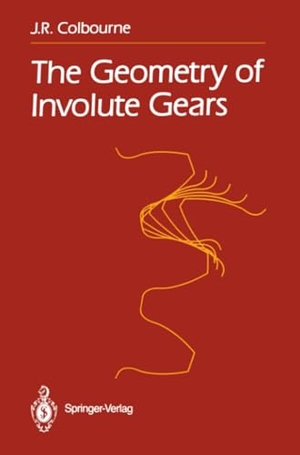Für statistische Zwecke und um bestmögliche Funktionalität zu bieten, speichert diese Website Cookies auf Ihrem Gerät. Das Speichern von Cookies kann in den Browser-Einstellungen deaktiviert werden. Wenn Sie die Website weiter nutzen, stimmen Sie der Verwendung von Cookies zu.
Cookie akzeptieren
J. R. Colbourne
The Geometry of Involute Gears
- Springer New York
- 2012
- Taschenbuch
- 548 Seiten
- ISBN 9781461291466
Of all the many types of machine elements which exist today, gears are among the most commonly used. The basic idea of a wheel with teeth is extremely simple, and dates back several thousand years. It is obvious to any observer that one gear drives another by means of the meshing teeth, and to the person who has never studied gears, it might seem that no further explanation is required. It may therefore come as a surprise to discover the large quantity of geometric theory that exists on the subject of gears, and to find that there is probably no branch of mechanical engineering where theory
Mehr
Weniger
zzgl. Versand
in Kürze